Ravens stretch wings









































A fire instructor at Naval Fleet School (Pacific)’s Damage Control School par ticipated in a gruelling 118-kilometre race.
Sailor First Class (S1) Willem Davies recently competed in The Canadian Death Race, one of the world’s toughest ultramarathons.
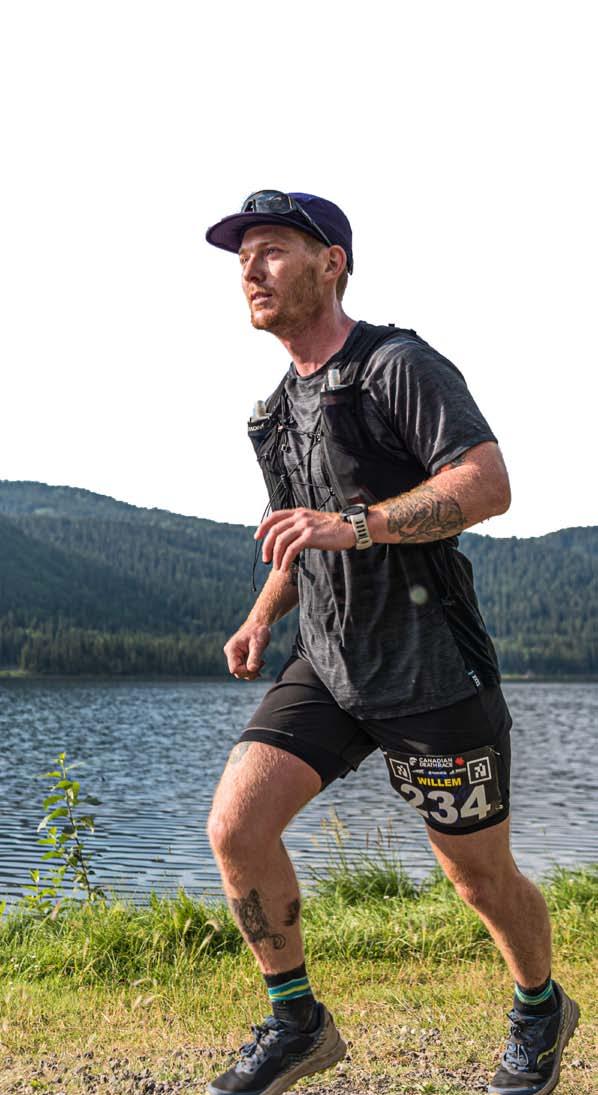
“It really takes a special type of person to compete in this race,” S1 Davies, 31, said. “Compelling yourself to keep put ting one foot in front of the other for nearly 24 hours while facing obstacles like high temperatures, dehydration, and discomfort takes an enormous amount of effort and willpower.”
With a skull for its logo, the race warns the foolhardy and faint-of-heart with its to-the-point slogan, ‘It’s a killer’. Held



each summer near Grande Cache, Alta., the endurance contest pushes extreme athletes and their well-conditioned bod ies to their limits. The race consists of a gruelling course passing over three moun tain summits, diverse weather conditions, and 17,000 feet of elevation change.


“I ran through terrain so steep that some runners were forced to sit down or crawl to manoeuvre it,” he said.
Many who attempt to complete the feat within the 24-hour time limit, fail.



Approximately 100 participants could not finish this year’s race, S1 Davies said.
S1 Davies has worked in the Legacy Trade of Hull Tech for 12 years of his Royal Canadian Navy service. He is cur rently transitioning to the Fleet Diving Unit (Pacific) as a Clearance Diver, which he expects to begin on Oct. 3.
He says he always wanted to compete in an Ultra Race and trained days and
nights at an elevation at Jocelyn Hill near Saanich Inlet on top of his regular train ing routine.
His support team included his girlfriend Sarah and parents Sharon and Richard Davies, who were responsible for trans porting food, water, and other necessities to four designated transition points on the race course. First aid stations and medical assistance were available at designated course spots.
At one point during the third leg of the race, he contemplated quitting.
“I almost didn’t make the cut-off time to begin Leg 4 and felt like quitting, but my girlfriend hyped me up and got me back on the course,” he said.

The threat of complete exhaustion and dehydration was constant, S1 Davies said.
“I drank lots of liquids throughout and ate energy gels and sandwiches to start,” he said. “By the fourth and final leg of


the race, I couldn’t eat anything solid and watermelon was the only thing that I could stomach by the end of the race.”
S1 Davies competed in the Men’s Solo category and with an overall time of 22:45:02. He finished 72nd out of 244 and 102nd overall in a field of 331 male and female runners.
Despite a strong performance and fin ishing in the top third of the field, S1 Davies wasn’t celebrating.
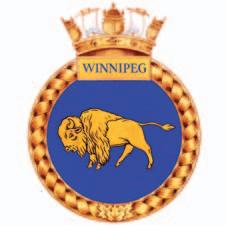
ment my training in real time,” S3 Kazmi said. “I felt pretty good when I found it.”
With the contact confirmed, the ship maintained contact at the greatest possible distance, and the coordinates of the subma rine were relayed to the helicopter via the Shipborne Air Controller. The helo then moved to that area and dipped their sonar to pinpoint the exact location of the sub.
At this point during a real combat situ ation torpedoes would come into play. However, for the exercise, voice contact was made via the underwater telephone to inform the sub’s crew they had been found. The sub then surfaced briefly before sub merging again to begin another training run.
The torpedoes used for this training serial were MK-46 exercise torpedoes. Exercise torpedoes have no warhead and are not fully fueled; when they reach the end of their propellant, they float to the surface, where they are picked up by Range Safety personnel.
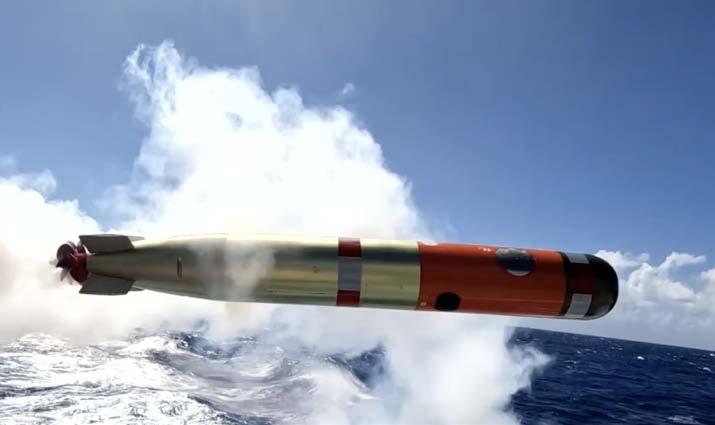
The operations team in HMCS Winnipeg had the opportunity to detect, track, and fire torpedoes at an ‘enemy’ submarine as part of the anti-submarine warfare (ASW) training during Exercise Rim of the Pacific (RIMPAC) 2022 off Hawaii’s coast.
“Our operators undergo years of special ized training to gain proficiency in subma rine detection,” said Royal Canadian Navy (RCN) Lieutenant (Navy) Andrew Chong, Underwater Warfare Officer with Winnipeg “They have studied and practised through training exercises and simulations, but that can only take you so far. The ability to train with real submarines live at sea cannot be replicated, so these are important opportun ities to put our skills to the test.”
Tracking a submarine takes focus and patience.

During the recent Combined AntiSubmarine Warfare Exercise (CASEX) with a United States Navy submarine playing the part of the ‘enemy’ sub, the Sonar Operators’ (Ops) focus and patience were put to the test.
When intelligence indicated an ‘enemy’ submarine in the area, the ship employed underwater sensors to locate the sub, includ ing the towed array sonar, hull-mounted sonar, and launching Guardian, the CH-148 Cyclone helicopter (helo). Once those measures were taken, the Ops operated their consoles and monitored incoming audio and visual information. Their train ing and skillsets were tested as they tried to find the indicators of a submarine in all the oceanic noises.
In this particular exercise, the first hit was made by the most junior member of the Sonar Team, Sailor Third Class (S3) Mohammad Hamaad Kazmi.
“This was the first opportunity to imple



“I am incredibly proud of how my team worked together to detect, identify, and track all the submarines we are work ing with,” said Petty Officer First Class (PO1) Jonathan Rielly, Underwater Warfare Director.
Two days later the team trained for the torpedo counter-firing during a TORPEX, or torpedo exercise. As in the CASEX, the Sonar Ops worked with the ship’s helo to determine the precise location of the sub marine. This time two CH-148 helicopters were participating, Guardian and Canuck from HMCS Vancouver. With three assets working together, the team located the sub marine quickly, and the submarine fired an exercise torpedo at HMCS Winnipeg. The ship counter-fired its torpedo and began evasive maneuvers. Guardian also dropped its torpedo in defence of the ship. The exercise was repeated in the afternoon, cul minating in the successful launching of four exercise torpedoes.
The ability to detect, track, and hunt enemy submarines is vital for RCN frigates, as it allows the ship’s Commanding Officer to address underwater threats while main taining a safe distance. With the detection of the submarine and the successful launching of torpedoes, the CASEX and TORPEX proved the capability of both the ship, the crew and the air detachment to work as a competent and effective team.
RIMPAC provides a unique and invalu able training opportunity for the Royal Canadian Navy. It supports advanced team training in a complex, multinational mari time environment and is an opportun ity to prove high-level combat capabilities through live-fire exercises using world-class weapon ranges.
Twenty-six nations, 38 ships, three sub marines, more than 170 aircraft, and 25,000 personnel participated in RIMPAC from June 29 to Aug. 4 in and around the Hawaiian Islands and Southern California. The world’s largest international maritime exercise, RIMPAC provided a unique train ing opportunity while fostering and sus taining cooperative relationships among participants critical to ensuring the safety of sea lanes and security on the world’s oceans. RIMPAC 2022 was the 28th exercise in the series that began in 1971.
Manager
Jazmin Holdway 250-363-3372 Jazmin.Holdway@forces.gc.ca
editor
Kate Bandura 250-363-3130 kateryna.bandura@forces.gc.ca

Writer
Peter Mallett pkmallett@shaw.ca
ProdUC tion
teresa Laird 250-363-8033 production@lookoutnewspaper.com
Leslie eaton 250-363-8033 workstation3@lookoutnewspaper.com
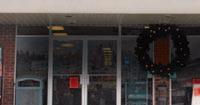

aCCoU nt S / reC eP tion








trina Winters 250-363-3127

advertiSing rePreSentativeS
Joshua Buck 778-977-5433 sales@forcesadvertising.com
editoriaL adviSorS
Capt Jeff Klassen 250-363-4006 rodney venis 250-363-7060
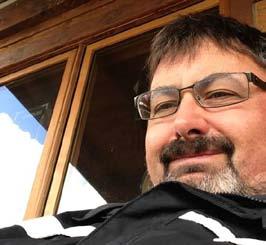
Published each Monday, under the authority of Capt(N) J. Jeffrey Hutchinson, Base Commander.

Le LOOKOUT est publié tous les lundis, sous l’égide du Capv J. Jeffrey Hutchinson, Commandant de la Base.
The editor reserves the right to edit, abridge or reject copy or advertising to adhere to policy as outlined in PSP Policy Manual.
Views and opinions expressed are not necessarily those of the Department of National Defence.
Le Rédacteur se réserve le droit de modifier, de condenser ou de rejeter les articles, photographies, ou annonces publicitaires pour adhérer au Manuel des politiques des PSP. Les opinions et annonces exprimées dans le journal ne réflètent pas nécéssairement le point de vue du MDN.

Circulation - 2,000 plus 300 pdf downloads per week

Follow us on Facebook, Twitter and Instagram to join our growing social media community.
A Division of Personnel Support Programs
CFB Esquimalt, PO Box 17000 Stn. Forces, Victoria, BC V9A 7N2 Web: www.lookoutnewspaper.com Fax: 250-363-3015

Canadian Mail Product Sales Agreement 40063331




Everyone in the Navy has a ‘trade’, which is considered to be their job or specialty. A traditional way a specialist might be identified is through the title artificer, which indicates a skilled sailor.


Historically the most common artificer is an Engine Room Artificer, a specialist within a ship’s engineering branch. In modern times, only the senior engineer in a warship, the Chief Engine Room Artificer, retains this specialty indicator.
Artificer may be shortened to tiffy, as in Sick Bay Tiffy, which refers to a sick bay’s medical attendant. A Sick Bay Tiffy may be known by other names, almost always referring to the least fulfilling jobs they perform. For example, a medical attendant is never referred to as a ‘blood pressure checker,’ but check a certain body part, and you have a forever nickname.
Sailors are sometimes referred to using the trad itional title of Shipwright. Generally, ‘shipwright’ is used for a person who designs, builds, and repairs boats and ships, and in this case, used for the sailors who facilitate important repairs of the ship, especially when away from home port.
Toothwright is a popular nickname for a dentist who can also be referred to as a molar mangler or a fang farrier, somehow leaping from fixing a sailor’s teeth to trimming horse hooves. Even more popular is the nickname fang bosun, which refers to the professional sea trade of a dentist.
A bosun or bos’n is a shortened version of the boatswain, which generally refers to a sailor responsible for the ship’s ropes, rigging, and boats. Boatswain is derived from the old English word ‘batswegen,’ meaning the boat’s ‘swain,’ or husband. In today’s Navy, ‘boatswain’ refers to the professional seaman trade. The name is popular and gets reused in many ways. For example, a sin bosun is a nickname for a Chaplain or a Padre, muscle bosun, referring to physical fitness staff or a muscle-bound sailor who enjoys weightlifting, or ping bos’n, another name for a sonar operator. Rum bos’n was a term used for someone who might be willing to share their contraband stash of liquor, especially back in the day when a daily rum ration was issued to the crew.
Some refer to members of the Boatswain trade as super sailors because they are specialists in all seaman ship evolutions. Another tongue-in-cheek way to refer to a boatswain would be ‘boat swan,’ appropriately combining two of their favourite things, boats and swans. Who doesn’t love a good swan!
In this context, the swan would refer to a side trip or attendance at an event that may be perceived as more fun than work, i.e., ‘While we were de-storing ship, Bloggins was away on a swan to Montreal’. Some might even refer to such a trip as a jolly, especially if it was a work-related journey that involved little work and more pleasure. Lucky Bloggins!
the author of Jackspeak of the Royal Canadian Navy and Whiskey 601, Mark nelson developed a love of the navy's language and lifestyle over his 26-year career in the service. after retiring as a Chief Petty officer second Class, he now works as a library systems specialist at red river College Polytechnic in winnipeg, Man.
“Boatswain is derived from the old English word batswegen meaning the boat’s swain, or husband.”
~Mark Nelson, Chief Petty Officer First Class (Retired)
Mark Nelson Contributor

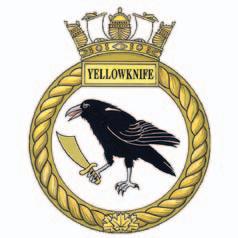
A quartz vein with gold in it, an oil seep, a 40-foot trawler, and a micro phone are just some of many incred ible finds Captain (Capt) Jeremy MacDonald made during his scuba diving adventures.
Famous in HMCS Yellowknife for find ing lost items in lakes and rivers sur rounding the community and returning them to their rightful owners, Capt MacDonald has made scuba diving more than just a hobby.
“It’s always interesting to talk to people and find out what happened, how’d it happen, is there a story? Being that ‘middle man’ to solve those issues is quite fun,” he said.
Capt MacDonald is the Executive
Assistant to the Commander at Joint Task Force (North).
Initially hoping to join the Canadian Armed Forces in 1994 as a Navy Reserve Clearance Diver for the HMCS Brunswicker, he left the recruiting office enlisted in the Canadian Army as an Armoured Officer.
“My great-grandfather was in the First World War, my grandfathers were in the Second World War; I’ve had all kinds of uncles and cousins and relatives who’ve been in the Army, Navy, and Air Force throughout the years; my son is in the military now. So, it’s a family tradition
of service,” said Capt MacDonald.
Joining the Army didn’t stop Capt MacDonald from learn ing how to scuba dive. While waiting for French training in St. Jean, Que., he and a few friends got their Professional Association of Diving Instructors Open Water Diver Certification. Capt MacDonald earned his Advanced Open Water Diver Certification in 1999.
For a while, diving remained a side hobby for Capt MacDonald, and it wasn’t until 2014 that he started to
become more passionate about the sport.
“I would go scuba diving with friends in the Saint John River and we would find stuff. It’d be fun to track down their owners,” said Capt MacDonald. “That got me hooked on finding things and finding the story about how those things came to be in the water. It just kind of morphed from there.”
Another big aspect of his diving is doing underwater clean-ups to pull out 10,000 pounds of trash every year.
Scuba and the community of Yellowknife both hold unique places in Capt Macdonald’s life.

“I’ve set up a scuba diving club, a scuba diving company, and a scuba div ing TV show. My life is really all about scuba diving,” Capt MacDonald said.

to be won.
up to
per year1 in banking fees with the Performance Plan Chequing Account.
Canadian Defence Community the same exclusive no monthly fee banking offer1 that you enjoy. Plus, if they open an account between June 13 and September 30, 2022, they will automatically be entered into our customer appreciation contest.2

Spread the word. Share the savings. Sign up to win. The summer customer appreciation contest runs until September 30, 2022, so enter now and don’t miss out on your chance to win. Visit bmo.com/summercontest, scan the QR code, or visit any BMO branch across Canada.




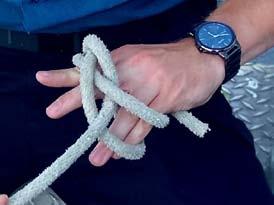

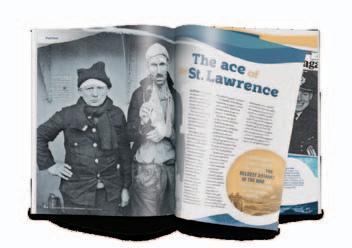
Over time, the traditional Boatswain naval trade has evolved to require less knack and art istry, but Sailor First Class (S1) Keiran Sidle is dedicated to preserving the craft of rope work.
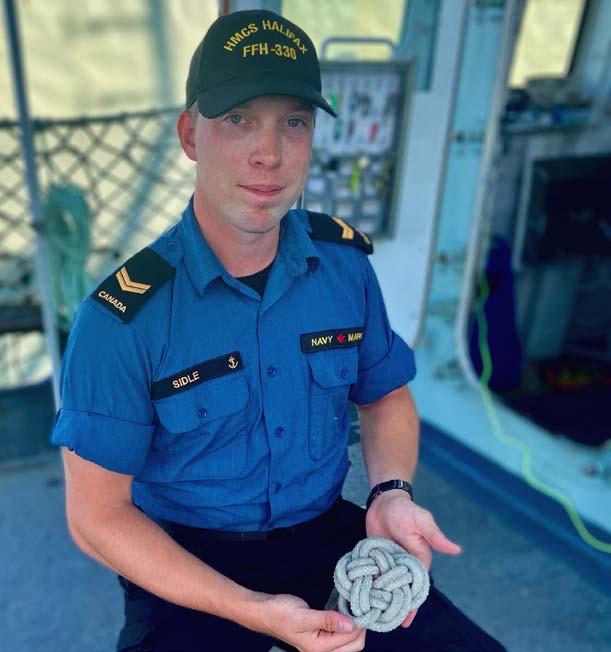
“We’d handle the splicing, the whipping, and now that stuff comes pre-made. It’s fading out the rope work part of our trade,” S1 Sidle said. “Decorative rope work isn’t taught anymore.”
‘Splicing’ is the formation of a joint between two ropes, and ‘whipping’ is done to prevent rope fray.

Although the role has advanced, and boat swains are responsible for the operation and maintenance of a ship’s rigging, cargo handling, and small crafts, S1 Sidle says the tradition of rope work is worth preserving in today’s Navy for more than just the custom.
“It could save your life,” said S1 Sidle, a Surface Rescue Swimmer. “When I rescue somebody, I have the horse collar around me. A lot of people don’t think of knots as being that important.”
The ‘horse collar’ is a rescue sling used by a Rescue Swimmer to bring someone back to the ship. A rope connects the ship and the horse collar, which is placed under the arms of the individual being rescued from bringing them
back in. For S1 Sidle, such rope work is practical and essential knowledge for those working at sea.
The usefulness of rope work was paramount for S1 Sidle, and he started teaching it to young sailors to offer a positive introduction to the Navy and provide them with what he believes are crucial skills.
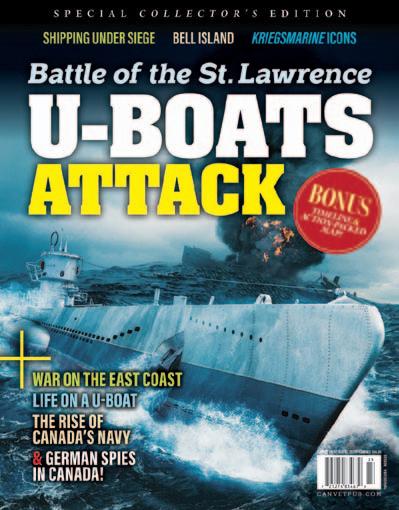

“I like teaching juniors how to do the trade. That’s like ‘moulding’ new minds, good habits, good mannerisms and a positive attitude toward the Navy,” he said.
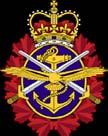
But the introduction to rope work does not end with young aspiring sailors. S1 Sidle cre ates art to garner attention for his trade and as a means to unwind in his free time. He posts his work on Facebook, selling some of his projects, and even gifting his handmade knife sheaths and key chains to fellow sailors – reminding them of the functionality of rope.
“I feel like decorative rope work is an artsy way of getting people interested in rope work again,” he said.
S1 Sidle even incorporates his trade into his daily life, finding leisure in the tradition of his trade after long days at work.
“It’s a good way to relax. For me, I could be sitting, decompressing, watching TV, doing some rope work, and making something look pretty,” he said.
After six weeks of military training, members of the Raven Program got a glimpse into Navy life with a Day Sail aboard a Royal Canadian Navy (RCN) frigate.
Twenty-three participants of the Raven Indigenous Summer Program embarked HMCS Ottawa on Aug. 11. The Ravens participated in an extensive guided tour of the vessel’s departments along with multiple static dis plays as they sailed through the waters of the Strait of Juan de Fuca.
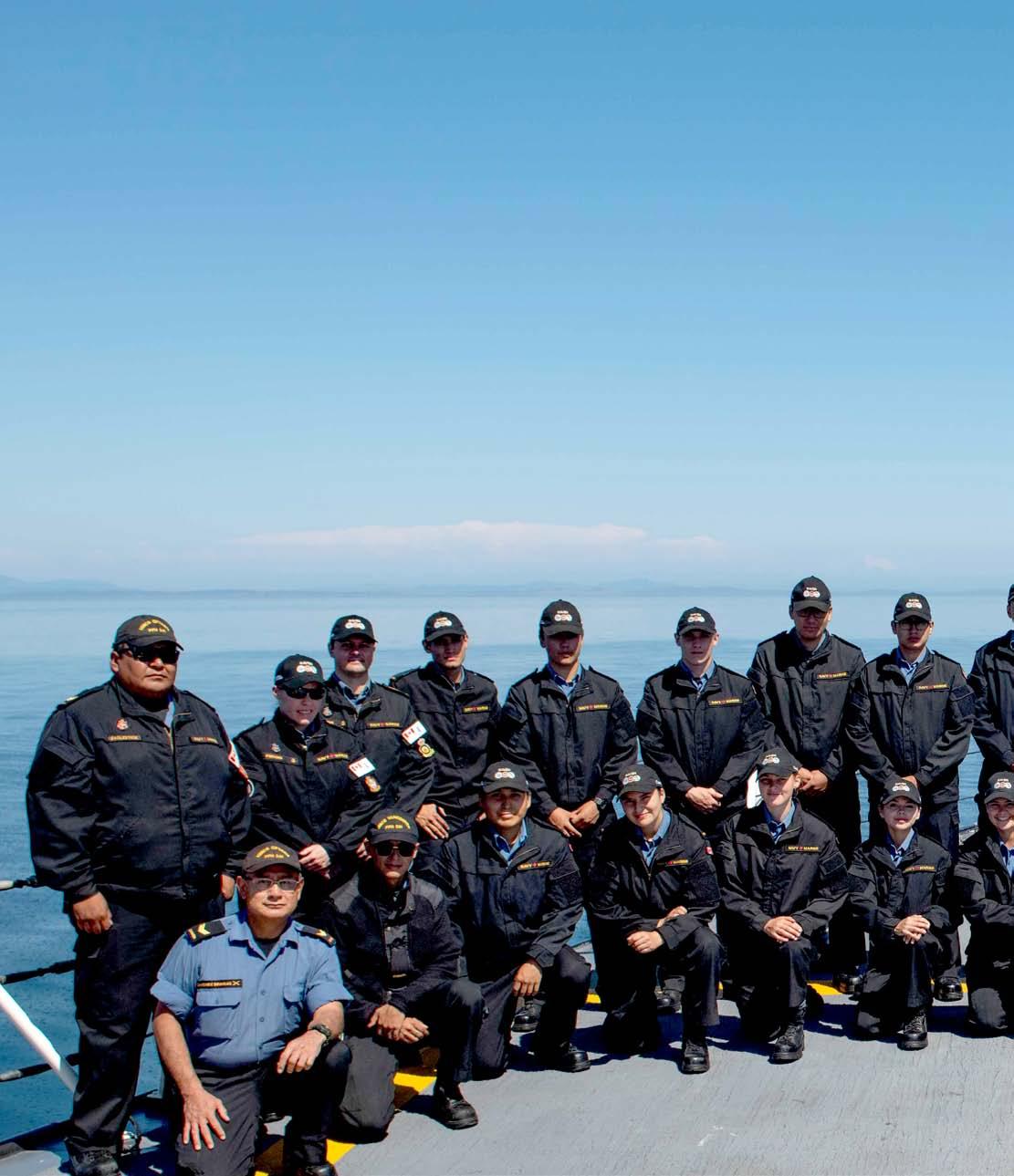
“Sometimes it’s hard for a recruit to envision life in the military outside of their basic training, so the Day Sail offers this outer glimpse,” said Petty Officer First Class (PO1) Michelle Howell, Raven Program Coordinator.
The Program was founded in 2003 and followed the basic principles of the Army Reserve Basic Military Qualification (BMQ). This year’s edi tion was hosted at Albert Head Training Centre from July 7 to Aug. 18 and included recruits from all nine prov inces and territories.
“The Raven Day Sail was an excellent opportunity for recruits to experience a day at sea and interact with military members outside of course staff,” said PO1 Howell.
The Ravens witnessed fire fighting and hose handling demonstrations and inter acted with the ship’s Helo (helicopter) Team and its embarked CH-148 Cyclone.
Members also interacted with the ship’s Dive Team
and their diving equipment. The crew then demonstrated Naval Boarding Party drills and person overboard rescue procedures. The Ravens also experienced some of the vessel’s manoeuvres, such as heavy turns and quick stops.
Participants also visited some of the ship’s departments during their guided tour, such as Ottawa’s Operations Room, the ship’s Bridge, and the Machinery Control Room, where Ravens learned about the mechanical oper ations of the ship’s engines and generators.
Aiden Dillon, a member of the Raven program, described his first overall experience aboard an RCN ship as ‘great’ and said he was most impressed by the ship’s dive team and members of 443 Helicopter Squadron. He was also taken aback by the agility and skill required by the crew to manoeuvre in the cramped confines of the lower deck with its low ceilings and maze of ladders.
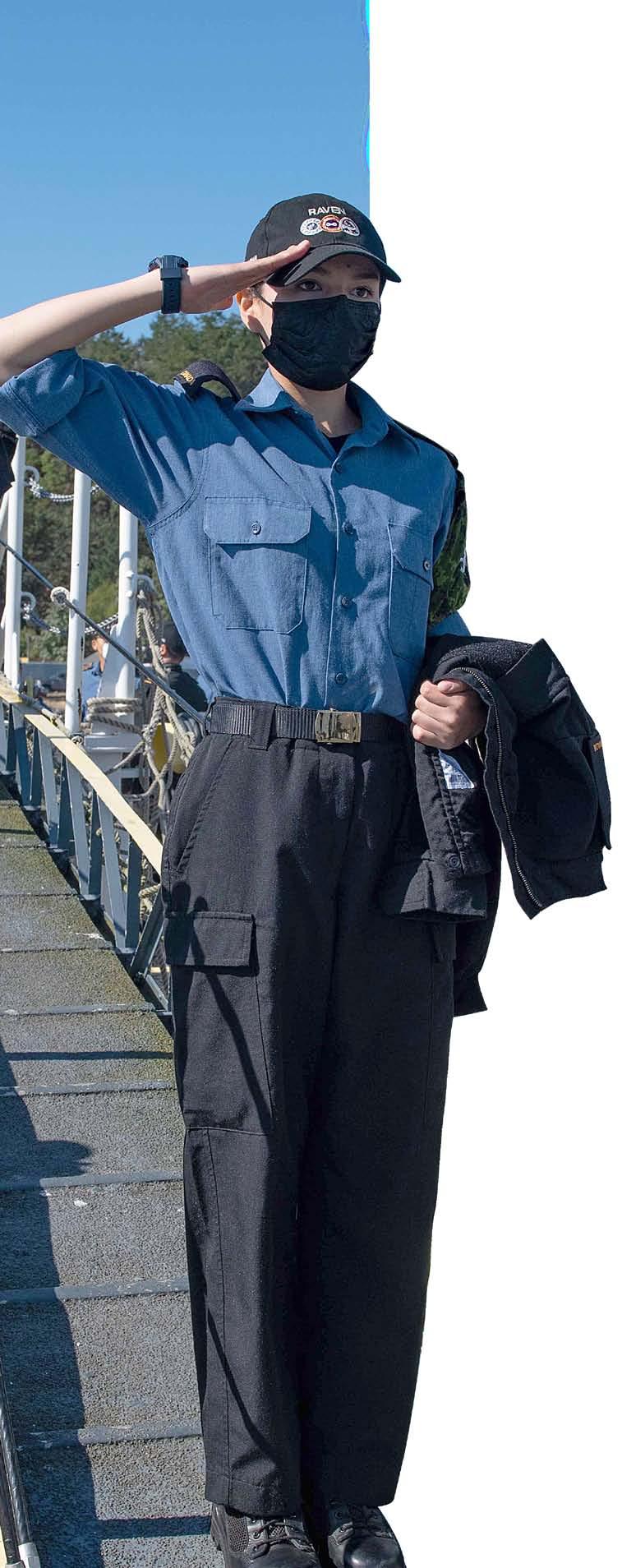
“I was stumbling on the ladders every time,” Dillon said. “It was also interesting to see how the crew can get to dif ferent parts of the ship by going down the ladder one way and up the other and how they remembered their way.”
Dillon, 17, of Windsor, Ont. is a member of the Oneida Nation of the Thames. He said he initially joined Ravens to earn his BMQ qualification, but friendships he developed during training were wholly unexpected and have made him a better overall person.
Lieutenant-Commander (LCdr) Justin Simmons, Ottawa’s Executive Officer said the Ravens’ visit was a great way to ‘invigorate’ a new generation of sailors. He said two members of his ship’s current crew are Raven graduates.

“They were delighted to give back to the program and happy to facilitate a fine ending to this year’s Raven Program,” LCdr Simmons said.
The Raven Program is one of five Indigenous Summer Programs by the Canadian Armed Forces (CAF). It includes a culture camp at the beginning and then moves into military training such as military knowledge lessons, drill, weapons training, field craft, the obstacle course,
and much receive are allowed Regular Briana was onboard.
“I really the job specific make
The Kingsclear joined in the her eye Mackenzie Brampton, Nation, after HMCS and floating her first
“I was siderable if I’d Nolan and ship’s Besides ticipants learn Raven tion
much more. At the end of the course, the graduates receive their CAF Army Reserve BMQ certification and allowed to join a local reserve unit, become a full-time Regular Force member or be released from the CAF. Briana Soloman, another Raven Program participant, impressed with the teamwork and camaraderie onboard.
really admired how everyone worked together to get job done,” she said. “Each of the crew had their own specific role and job to do but they all come together to make it happen and work hard to get there.”
The 26-year-old is a St. Thomas University student from Kingsclear First Nation in New Brunswick. She said she joined the Raven Program to explore career opportunities the RCN, with the Naval Warfare Officer path catching eye the most.

Mackenzie Nolan, a 17-year-old Grade 12 student from Brampton, Ont. and member of the Missanabie-Cree First Nation, said she was looking forward to boarding Ottawa visiting the former RCN Tribal-class destroyer HMCS Haida, which serves as a National Historic Site floating museum in Hamilton, Ont. The Day Sail was first time aboard a commissioned RCN vessel. was very excited to be aboard Ottawa, a ship of con siderable size, and see what the lifestyle could be like and be interested in joining the Navy,” she said. Nolan is interested in becoming a Naval Communicator said her favourite part of the tour was seeing the ship’s Operations Room.
Besides embarking on a Day Sail, Raven Program par ticipants attended a Military Career Day on Aug. 15 to more about CAF opportunities after BMQ. The Raven Program wrapped up for the year with a gradua ceremony at Work Point’s Parade Square on Aug. 17.
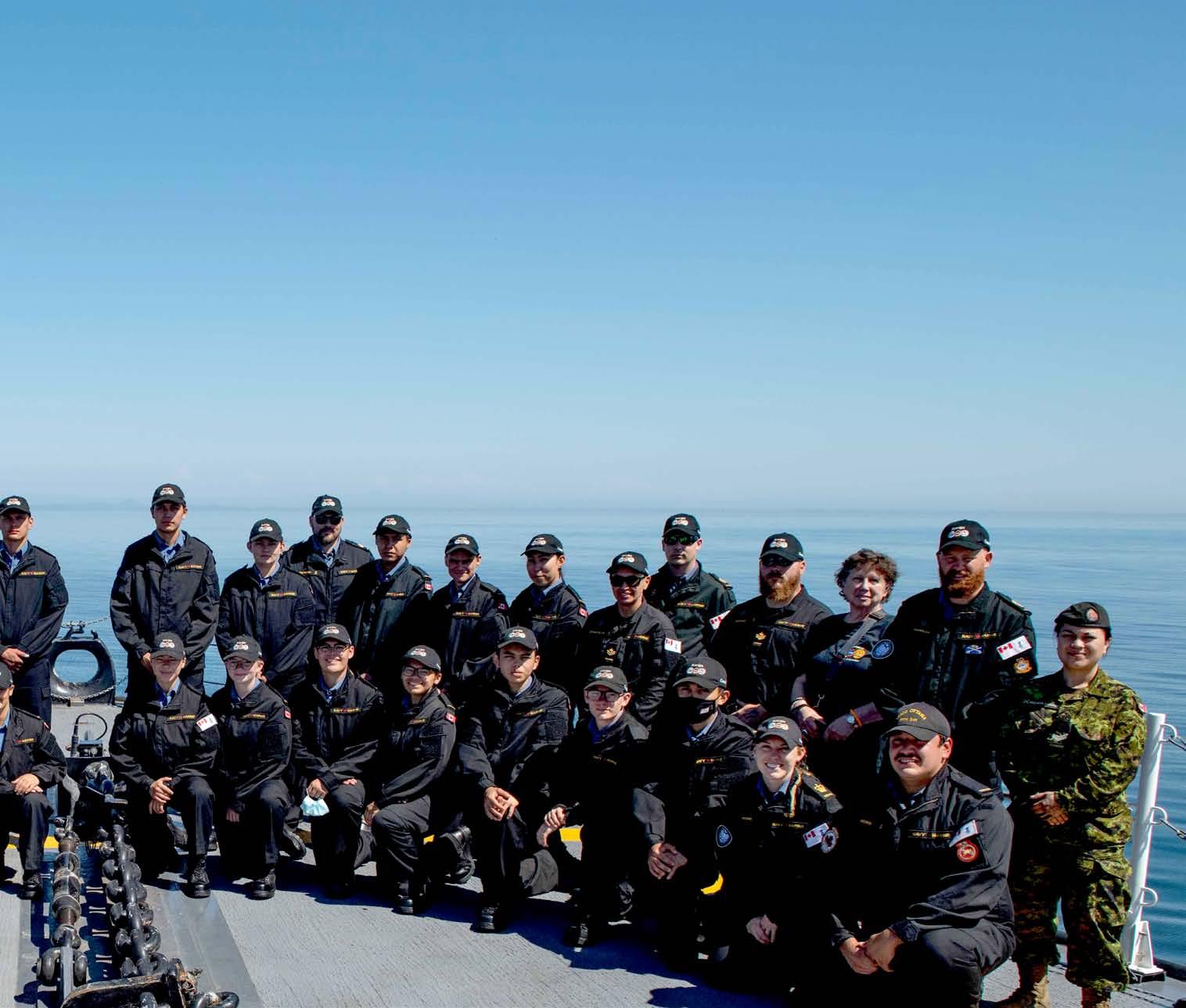


Chris Betts was born Sept. 23, 1999, in Riverview, N.B.
Betts grew up in East Hants, N.S., where he attended Hants East Rural High school. He joined the Canadian Armed Forces in 2017 as a Combat Engineer right after high school and was posted to Gagetown, N.B., in 2018.
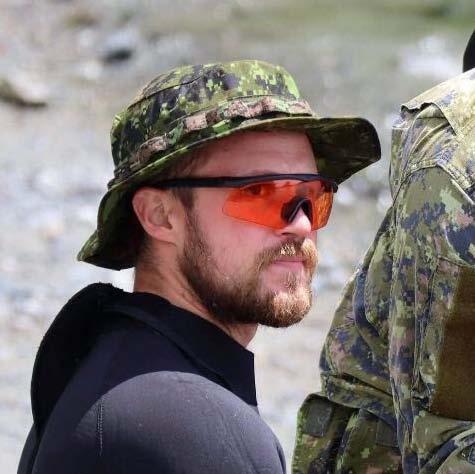
Chris completed the Combat Diver prelim in May 2019, followed by the Combat Diver course in August 2019. During his time there, he was primarily employed as a RECCE (recon naissance) Element for the field troops.
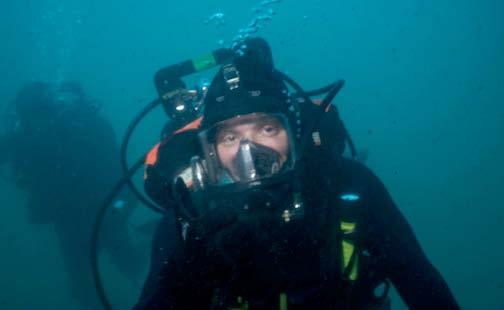
He participated in Exercise Roguish Buoy in February 2020 in Albert Head, B.C. During this exercise, his dive team was paired with a dive team from the U.K, where he made great friends and learned how different countries operate in diving exercises.
Betts participated in Operation Nanook-Nunalivut in March 2020 in Rankin Inlet, Nunavut. During this Op, Betts worked hand-in-hand with a dive team from Finland. This Op was his first time diving under the ice in the Arctic. He completed Clearance Diving Assessment Centre (CDAC) in February 2021 and was confirmed to attend a course in October.
Betts participated in Operation Bell Island in July 2021 in N.L., where he witnessed the Explosive Ordnance Disposal side of the Clearance Divers job. The operation’s mission was to remove ordnance from various ships that German submarines sunk during the Second World War.




His future aspirations as a Clearance Diver include completing the Improvised Explosive Device Disposal (IEDD) Operator course and participating in as many exercises and operations as possible.
Alexander Castagna was born on Feb. 23, 1995, in Richmond Hill, Ont.



He grew up in River Drive Park, Ont., and enrolled in the mil itary as a Naval Warfare Officer in 2013.
Castagna began his military career by studying at the Royal Military College in Kingston, Ont., graduating in 2017 with a degree in Chemical Engineering. He was then posted to Victoria for training, where he completed his ship’s dive course and trade training.
Castagna’s first posting was HMCS Vancouver for six months until the ship entered the dry dock. He was then posted to HMCS Winnipeg as the ship was brought back from refit. He became the Clearance Diving Officer for the following two years and sailed through the ship’s Tiered Readiness Program, deploying on Operations Projection and Neon. While on oper ation, he applied and was selected for the 2021/2022 Clearance Diving Course.
Castagna was initially interested in Clearance Diving because of the fitness, military style, and community it brought. After being on the ships for a few years and having only positive experiences from Fleet Diving Unit (Pacific) and the people who worked there, he decided it was the career path he wanted to pursue.
Castagna’s greatest aspirations for becoming a Clearance Diving Officer are to ensure the unit maintains a desirable workplace and to enable the capabilities of each diver to optimize work throughout the unit and encourage their personal and career goals.
Above-ground 1 bed, 1 bath suite with private entrance in Langford, 400 square feet, $1,500/ month, suitable for one person. Baseboard heating; shared laundry, parking, utilities included. Happy Valley Road near Galloping Goose and on #48, 54, 55 and 64 bus routes. Please email bogfairy@ shaw.ca for information. Available August 15.
2 Bed, 1 Bath ground level suite avail Sept. 1, 2022, in Langford.
Recently painted with newer appli ances, including laundry. Heat, hydro inc. Large patio overlook ing Millstream Creek and walking trails. Furnished $2,200, unfurnished $2,000. References required from your current Landlord and confirmation of monthly income. No pets & no smoking, no partying. To arrange a viewing please call or text Bob at 250-661-5474.
House 3 bedrooms behind MacAulay school at Workpoint in Esquimalt. Outstanding location for family living. Appliances available.
Garage and shed for storage, 2.5 bathrooms and large open concept main floor. 2x gas fireplaces to keep you warm! Cozy backyard and out door Hot tub. $4850. Available Oct 1. Contact David 250-885-9594
Bright, open concept garden suite for rent in View Royal. Own driveway and private ground-level entrance. Carpet in lvrm, laminate in kitchen, tile in bath. Approximately 700ft2, hydro & WiFi incl, shared laundry. Located close to the 4 Mile Pub, Thrifty Foods, trails & beaches. Best suited for single occupancy.
$1,500, no smoking or vaping please! Call or text Rob 250-8188294.
“The Friends” of the Ashton Armoury Museum is a non-profit society made up of volunteers with a passion for military history. We assist the Museum by promoting the collection and display of Logistics, Medical Service, Military Police, and Communications Branch history. At present we are seeking volunteers interested in becoming Executive
Board members, particularly serving in the capacity of Treasurer and/ or Secretary. If you have the pas sion and are interested in helping out please contact Chris Preston, at (250) 479-7634, or prestoncm@ shaw.ca for details.
Join the new Latin-American group in Victoria for military members! If interested in joining, participating in local activities, or have any ques tions, contact Iván Vanegas Lopes at Iván.VanegasLopez@forces.gc.ca
When a pint-sized sickly grey troll with a pot belly, gnarled feet, and dis coloured teeth rips a beautiful garden to shreds, David realizes things in his life are very wrong.
In a self-published short story, A Troll in the House, the fictional troll repre sents Post-Traumatic Stress Disorder (PTSD), which one military member faced in real life, and is using as a writing tool for healing.


“The allegory of the troll as trauma helped me put my experience into a softer third-person story that would be more approachable for anybody read ing it,” said Corporal (Retired) John Renaud, a civilian police sergeant and former member of Canada’s Military Police Unit.
Renaud set out to write a book about his PTSD to explain it to his two sons, Benjamin and Charlie. The book’s cen tral character, David faces the same struggles as Renaud.
Having been exposed to trauma in the workplace, David recognizes it has come home with him in the form of a sickly, grotesque and determined pintsized troll with jagged toes, a pointy nose, and messy hair named Tamaru. ‘Tamaru’ is a play on the word ‘trauma’, Renaud said. David’s garden, which Tamaru taints and then destroys, is an allegory for Renaud’s family and mental health.
“David is me and his journey with Tamaru is very true to what I experi enced in trauma and treatment,” Renaud
said. “David tries to hide his Tamaru and when that fails, he seeks help and fol lows a therapy process that allows him to live with the trauma.”
Renaud is a current member of the London Police Service. His Tamaru sur faced in 2014 when he answered one of the most traumatic calls in his service.

“I performed CPR on a three-monthold girl who was already deceased when EMS decided to take over,” he says. “Over 18 months that experience was followed with a series of calls that involved little girls who were dead, dying, or mortally wounded.”
Renaud’s triggers are varied and include crowds, unfamiliar people and places, and noisy environments. Babies and young girls can be severe triggers, too, he said.

“As in the story, my troll stalked me for years and I really didn’t know or understand what was happening,” Renaud said. “I denied it, hid from it, and used poor coping methods to deal with it.”
Renaud was diagnosed with PTSD in November 2019, and his wife Tina chal lenged him to get help. His treatment mainly focuses on cognitive processing therapy, which involves exposure ther apy, revisiting the elements of trauma calls, and, in some cases, returning to the scenes.
Renaud said writing his book has been therapeutic. Just like David, Renaud learned to live with Tamaru.
“Healing is a process and it only started when you finally found the courage to talk about it,” the Troll said

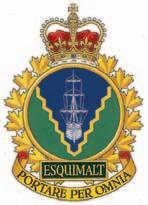
with the


Ken Silvester is the Vice-Chair of the Model Railroad Club at CFB Esquimalt. The club is open to current and retired Canadian Armed Forces members and Department of National Defence employees.
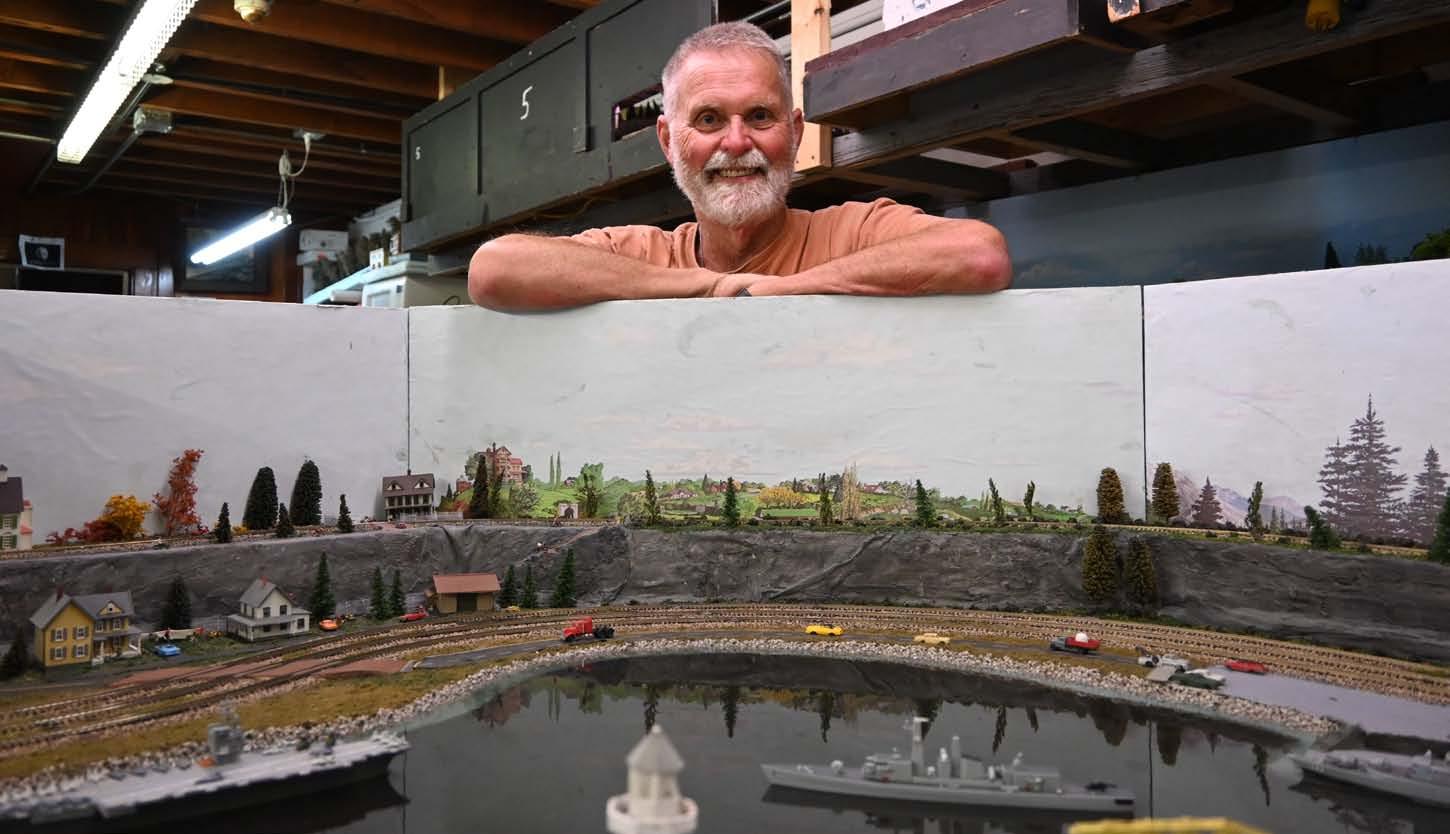
what’s an average club meeting like?
We meet on Wednesday afternoons and Saturday mornings. Generally, we spend some time chatting, enjoying cof fee and having good conversations, and then we get to work either repairing old models or creating new ones. Since we go to many shows, the models can get a bit dinged up in transport, so there’s always something that needs to be worked on. Most of our models are built in a modular format for ease of trans
portation, but we also have a permanent layout that allows members to run and test their engines on the track. is there anything exciting coming up for the club?
We have a lot of events coming up that we’ve been getting ready for, which means repairing many models to ensure they look their best and run smoothly at all of the shows. We plan to attend Formation Fun Day on September 10 and then the Victoria Train Show and the Luxton Fall Fair at the end of the month.

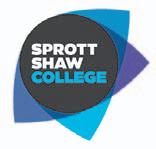

what’s something about the club you wish more people realized?
The hobby is about more than just trains. It might be for you if you are inter ested in modelling in general or in elec tronics. The hobby is also always changing and evolving as new technology becomes





available. Recently we’ve been trying to set up some Arduino microcontrollers to trigger lights and animations on the modules.
what drew you to the Model railroad Club?
I’ve always been interested in modelling and so getting into model railroads was a natural development of that hobby for me. The members here are great, and we all have our interests outside of modelling and our specialties, but we’ve got com mon ground in railways.

Bonus Question: what’s your favourite model railroad gauge to work with?
At the club, we have HO gauge and N gauge models. HO is nice because it’s big ger, and you can work in more detail, but I prefer N gauge. It’s half the size of HO, so you can get more done in less space.
3-bed, 2-bath

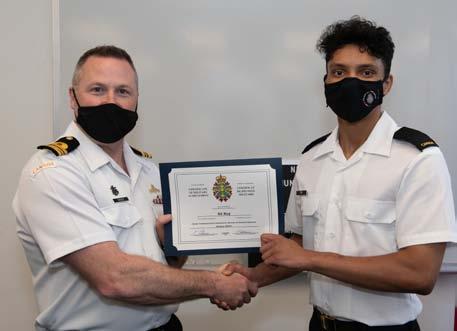
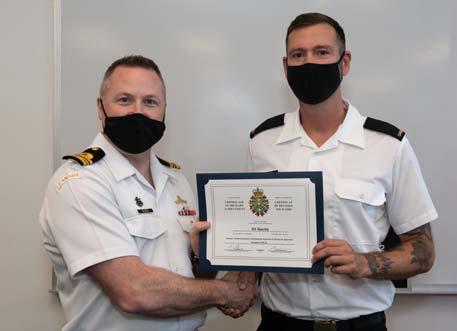
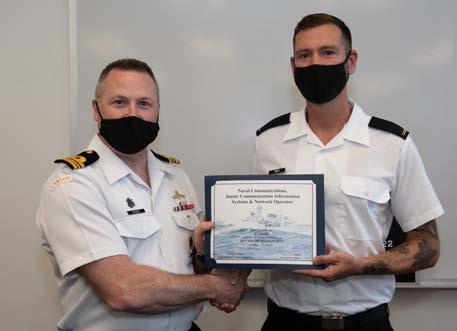
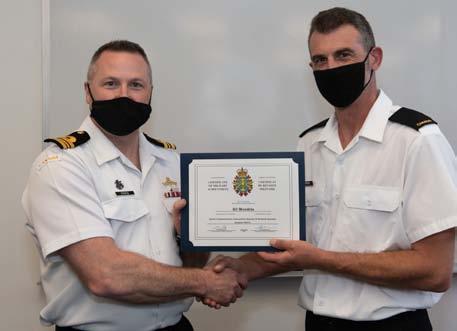
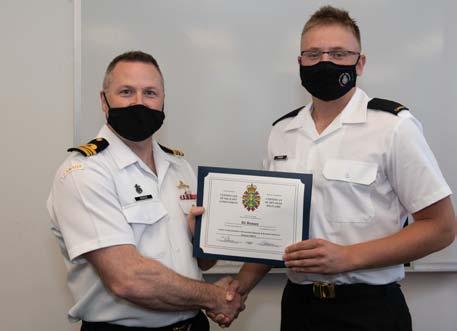
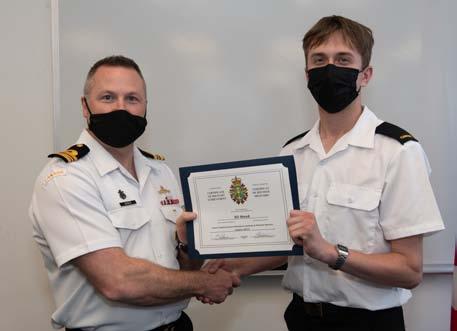
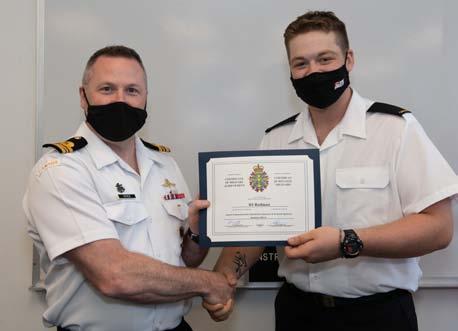
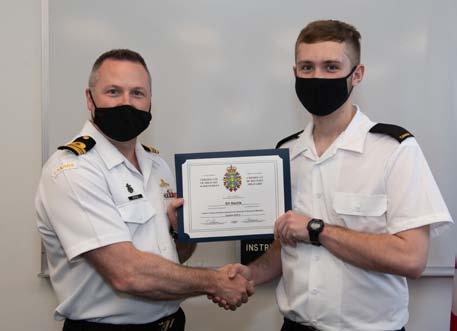
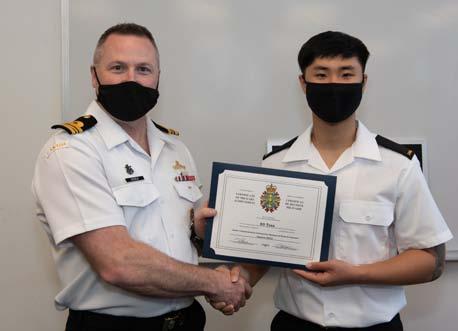
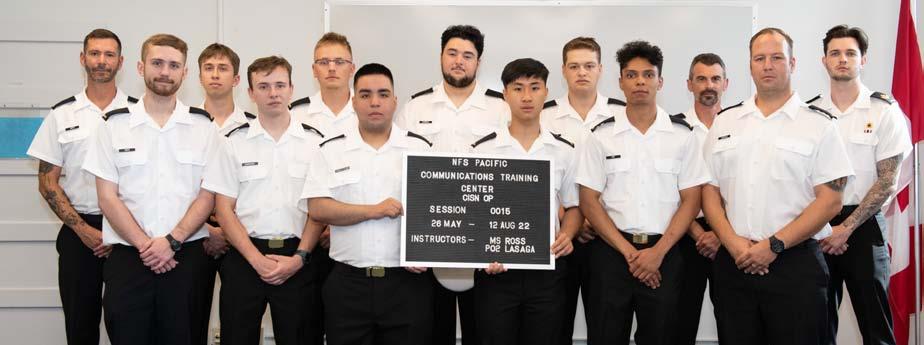
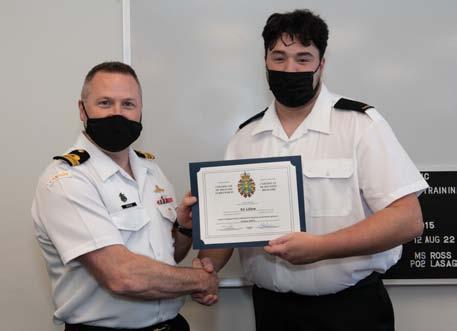
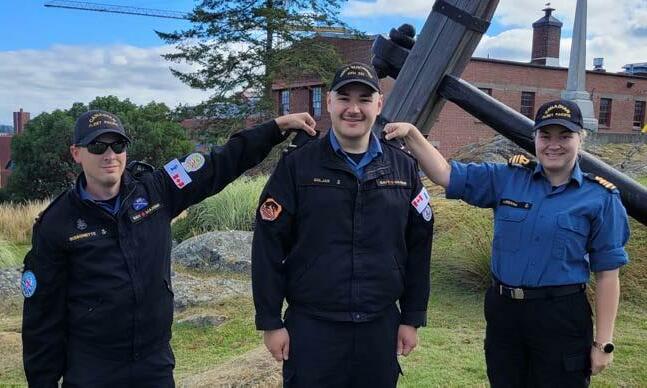
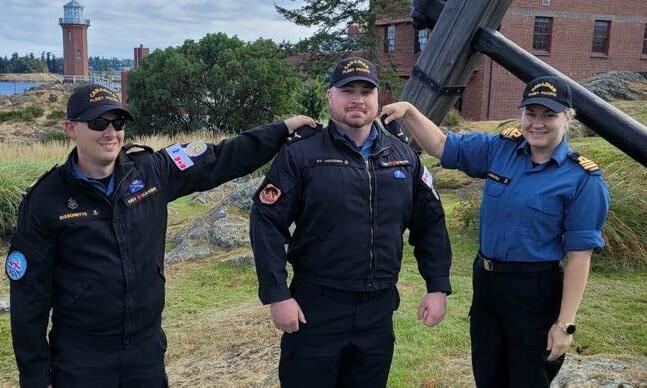
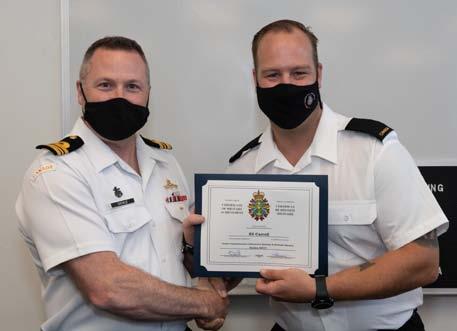
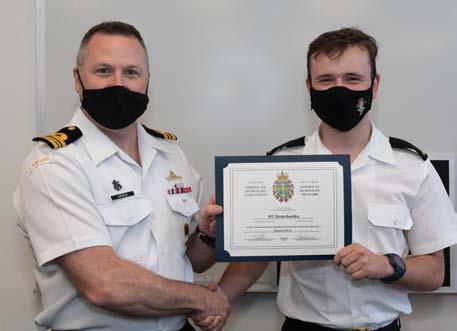
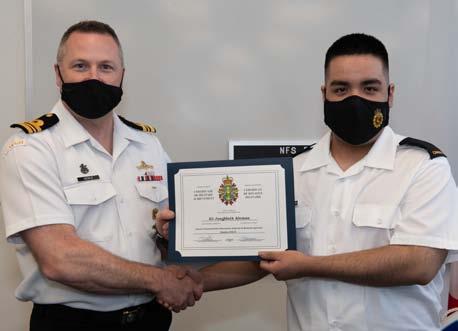
River-based Sunshine Coast Health Centre
Strait Womens Clinic
highly personalized



mental health and trauma treatment for male and female clients
daily 1-on-1 inpatient or outpatient treatment tailored to your unique needs.

include 24 hourmedical service, psychiatric assessment, EMDR, rTMS, psychotherapy, hypnotherapy

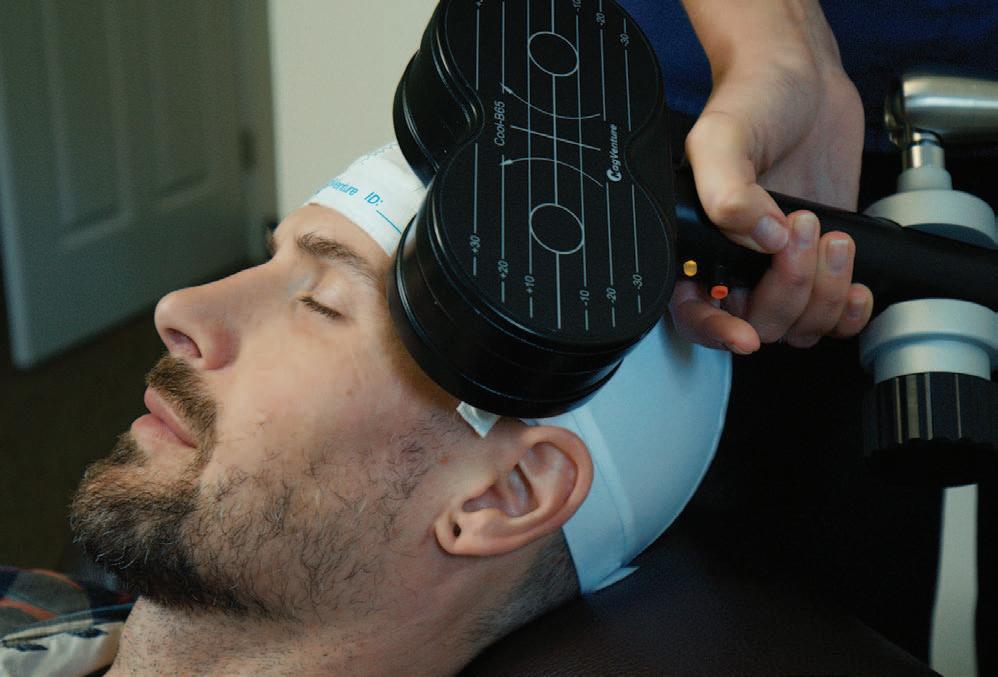
much more.
the Department of National Defence and Veterans Affairs Canada since 2009.